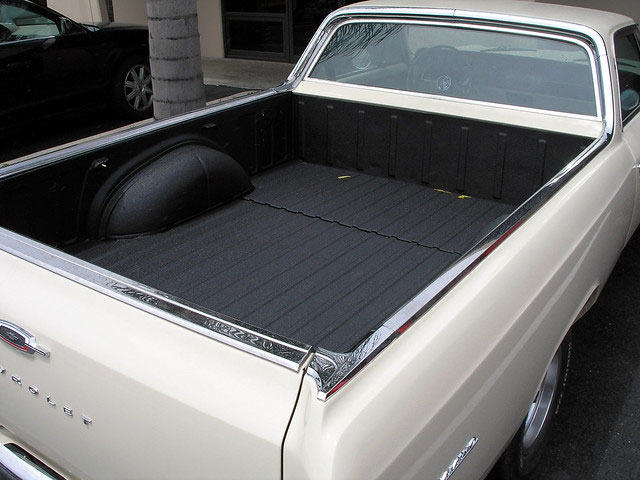Shipping your car can be a major undertaking, and if you’re considering filling that space with personal items, you’re not alone. Many people wonder, “Can I put stuff in my car when I ship it?” It sounds efficient, right? But while it’s tempting, there are crucial guidelines and risks to consider before you load up.
From theft and damage risks to Department of Transportation (DOT) regulations, the process of shipping a car with personal belongings needs careful planning. This guide will provide you with seven essential tips to safely ship your vehicle with personal items while minimizing risks.

Table of Contents
Why Shipping a Car with Personal Items Requires Extra Caution
Carriers are typically licensed to transport vehicles, not household items, which means they’re not legally responsible for personal belongings inside your car. Without proper planning, you could face theft, damage, or fines due to regulatory breaches. Here are the seven best tips to make this process as smooth as possible.
1. Be Mindful of the 100-Pound Weight Limit
Most car transport companies limit personal items in vehicles to a maximum of 100 pounds. This restriction aligns with DOT weight regulations for safe transport. Overloading a car can lead to fines, inspections, and even potential delays. By keeping your belongings under this weight threshold, you reduce the chances of extra fees and ensure a smoother experience.
Why the 100-Pound Limit Matters
Auto carriers must comply with strict weight regulations. Exceeding these limits can lead to penalties and cause logistical issues, including potential fines for the transporter and delays in your shipment schedule. Keeping your items within the allowed limit can help avoid these complications.
2. Secure and Conceal Your Items
One of the biggest risks when shipping a car with personal items is theft. To prevent this, make sure all items are securely packed and out of sight. Use durable suitcases, totes, or boxes for your items and store them in the trunk or hidden compartments. This will reduce the chance of someone seeing your valuables and protect your belongings from shifting during transport.
Importance of Concealment
Visible belongings inside your car can attract unwanted attention. Storing items below window level and out of sight discourages theft and ensures a safer journey.
3. Pack Below the Window Level
Keeping items below window level serves two purposes: it helps with vehicle balance and minimizes visibility. Transport drivers often need a clear view to load and unload cars safely. Also, storing belongings low in the car can help protect against break-ins since valuable items aren’t easily visible.
How to Pack Safely
Pack any items you bring along carefully in the trunk, far backseat, or cargo area, ensuring they’re below window level. This reduces the risk of theft and also limits movement within the car, preventing any potential damage to the vehicle’s interior.
4. Avoid Shipping Valuables or Irreplaceable Items
When shipping your car with personal belongings, it’s best to avoid valuables like jewelry, electronics, or sentimental items. Since auto transport insurance typically doesn’t cover personal items, these valuables aren’t protected if they get lost or damaged. For important belongings, opt for a separate, insured shipping option through services like UPS or FedEx.
Examples of Items to Avoid Packing
- Electronics, like laptops and tablets
- Irreplaceable documents or heirlooms
- High-value or sentimental items
5. Know the Legal and Insurance Implications
Car shipping companies are usually licensed only to move vehicles—not household goods. This means that personal items within a vehicle technically aren’t covered by their insurance. Additionally, if a carrier is caught transporting unlicensed items, they could face fines and legal consequences, potentially affecting your shipment as well.
Understanding DOT Regulations on Personal Items
According to DOT regulations, carriers must transport only licensed cargo. This means that personal belongings technically fall outside their jurisdiction. Although this law isn’t always enforced, it’s important to be mindful of it to avoid any unexpected issues.
6. Pack Only Essentials and Use Common Sense
Avoid packing anything irreplaceable or valuable. Keep it simple by only packing non-essential items, such as small essentials or personal belongings that don’t add much weight. If you’re concerned about specific items, always check with the carrier first about their personal belongings policy.
Examples of Items That Are Safe to Pack
- Small household items like blankets or clothes
- Low-value items that can easily be replaced
- Lightweight gear or simple travel essentials
7. Document Your Vehicle’s Condition Before Shipping
Before shipping, inspect your vehicle carefully and take photos of its interior and exterior. This documentation will serve as proof of the car’s condition should any issues arise. By having a record, you’ll be able to verify any changes or damage upon delivery, providing you with evidence if you need to address disputes.
Importance of Pre-Shipping Documentation
By taking photos and notes on your vehicle’s condition before shipment, you’ll have documentation to refer to in case of any damage or changes upon arrival. This step helps to secure your claim if you need to report any issues to the carrier.
Final Thoughts on Shipping a Car with Personal Items
Shipping a car with personal items is possible, but it requires extra care and awareness of regulations. By keeping your belongings below the 100-pound limit, storing items securely, and packing them out of sight, you can minimize risks associated with theft, damage, and fines. Remember, the safest approach is often to keep items minimal. Following these seven tips will help make your car shipping experience as smooth and stress-free as possible.
While including a few personal items can be convenient, taking these precautions is essential for a secure, hassle-free transport. By understanding the process and applying these best practices, you can confidently ship your car with peace of mind.
4o











Leave a Reply